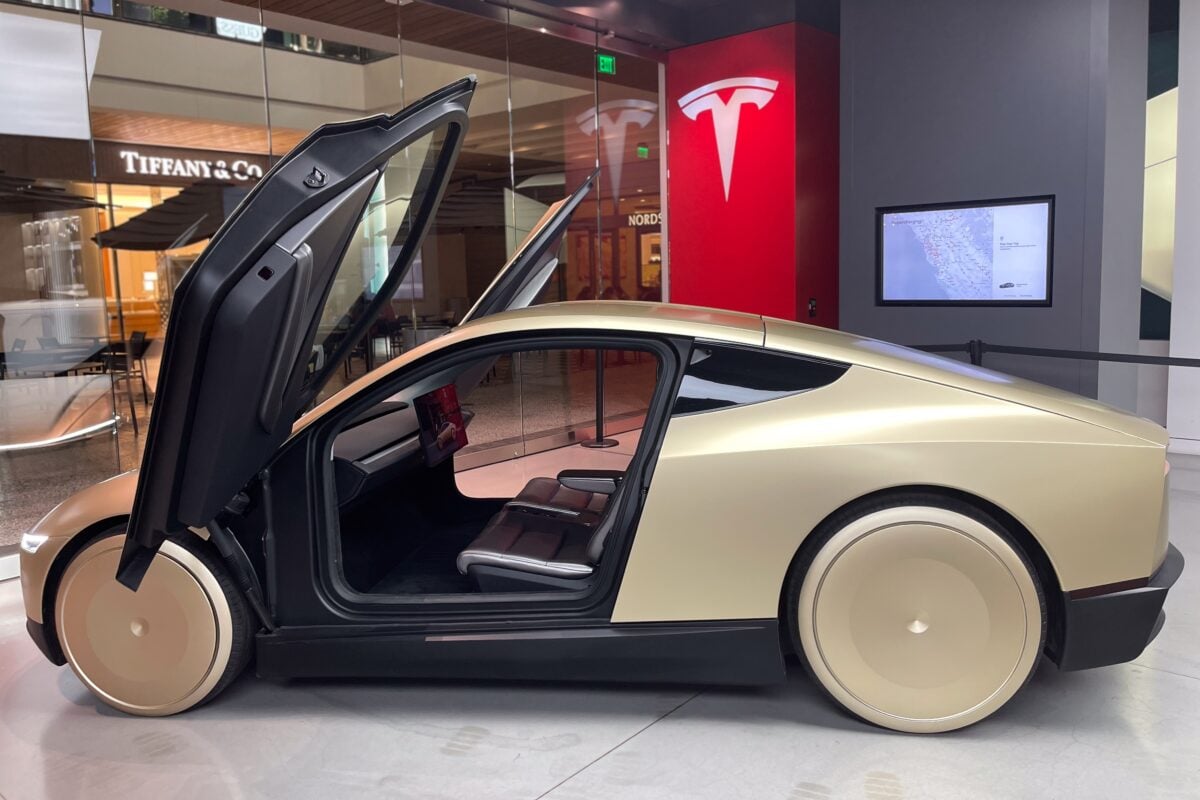TLDRs;
Contents
- Tesla gains Texas permit to operate autonomous ride-hailing service, rivaling Uber and Lyft across the state.
- Service expansion follows limited Austin pilot using partially automated Model Y vehicles with safety supervisors.
- Texas permit removes human driver requirement, despite recent robotaxi traffic rule violations under federal scrutiny.
- Chinese robotaxi firms maintain global lead in scale and operations, highlighting Tesla’s uphill competitive challenge.
Tesla has secured official approval to operate its autonomous ride-hailing service throughout Texas, marking a major step in the company’s push toward a driverless transportation network.
The Texas Department of Licensing and Regulation issued the permit to Tesla Robotaxi LLC, valid until August 6, 2026, enabling the company to compete directly with established players like Uber and Lyft.
The move builds on Tesla’s small-scale pilot in Austin, launched in late June, which invited a limited pool of riders to test Model Y vehicles equipped with partially automated driving systems and onboard human safety supervisors. With the new statewide permit, Tesla can expand without the need for a human driver or valet in the vehicle, a decision that sets Texas apart from states with stricter oversight.
From Pilot Runs to Statewide Expansion
During the Austin pilot, Tesla operated only 10–20 vehicles, all closely monitored for safety and performance. However, footage has surfaced showing some robotaxis failing to obey traffic signals and other rules.
While no injuries or major property damage have been reported, these incidents have attracted the attention of federal regulators.
Texas, known for its relatively relaxed stance on autonomous vehicle testing, will introduce tighter rules later this year. Still, the Lone Star State remains more permissive compared to California or New York, offering Tesla an advantageous environment to scale its self-driving ambitions.
Global Competition Highlights Tesla’s Small Start
While Tesla’s Texas approval marks progress, the company faces stiff competition globally, particularly from Chinese robotaxi operators like Baidu’s Apollo Go, which completed over 1.4 million rides in Q1 2025 alone.
Apollo Go currently operates in 15 Chinese cities and has surpassed 11 million total rides, overtaking U.S. counterparts Waymo and Cruise combined.
The disparity underscores how regulatory frameworks influence market speed. Chinese firms benefit from a centralized approval system, while U.S. companies must navigate a patchwork of state-by-state rules. The Chinese robotaxi market is valued at roughly $12 billion, compared to $8 billion in the U.S., with early government support accelerating commercialization abroad.
Musk’s Promises vs. Reality
Elon Musk has long promised a sweeping rollout of Tesla robotaxis, once claiming they would serve half the U.S. population by the end of 2025. Similar predictions in 2019, including 1 million operational robotaxis by 2020, helped Tesla raise billions but have yet to materialize.
Current Full Self-Driving (FSD) technology still requires human oversight, and safety concerns remain. With Tesla’s stock down 18% this year amid a shift from vehicle sales to autonomous services, investor confidence hinges on whether Texas’ approval becomes a model for other states or another chapter in Musk’s history of ambitious but delayed technology launches.
As competitors continue to scale and regulators grow cautious, Texas may prove both a proving ground and a pressure test for Tesla’s robotaxi future.


